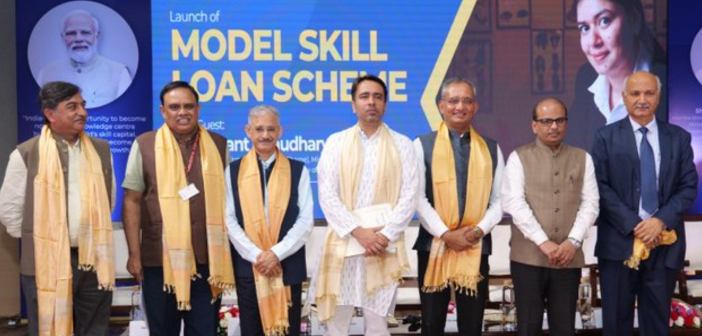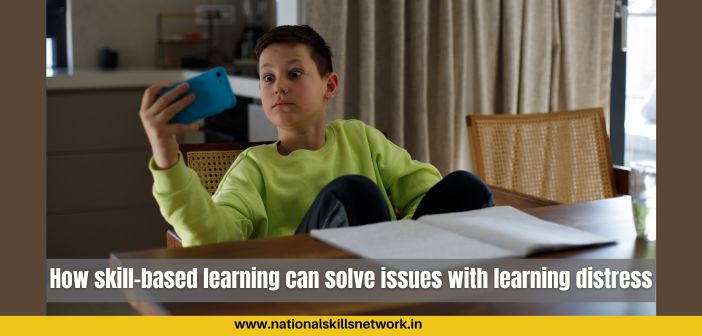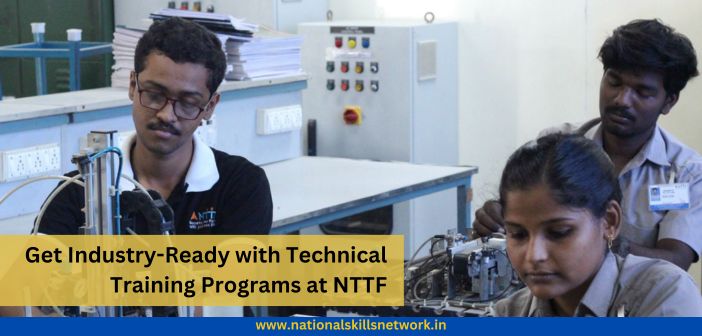When the film industry decides to have its own school for nurturing talent, it ensures a sustained pool of skilled professionals who meet the industry expectations. In this Skill Story Akkineni Amala, Honorary Director, Annapurna International School of Films and Media (AISFM), takes us through the journey of the institution and its positive impact. The story also highlights the challenges of education and training in this highly unorganized industry sector and the vision of AISFM to be the leader with their unique courses in the art and craft of creating cinematic experiences.
Need for organizing and sharing knowledge
AISFM was founded on the principles of the quest for continuous learning inspired by the life of the legendary film icon Dr. Akkineni Nageswara Rao (ANR) and his contribution to Indian film industry. Over the years, the Akkineni family and Annapurna Studios have learnt a lot in the unorganized way; our effort is to put the collective wisdom into an organized curriculum and present it to the future generation.
We looked at the institutes available in India, and found that lot of them mostly offered diploma courses. And, if someone wanted to pursue bachelor’s or master’s degree in film and media they had to go abroad. Those who couldn’t afford were only able to take up the diploma courses. So, Mr. Akkineni Nagarjuna and Mr. Akkineni Venkat took the lead and figured out how we could set up a premier institution that caters to the evolving needs of the industry by offering a variety of courses. Students don’t have to go abroad since they can study here for one-fourth the price.
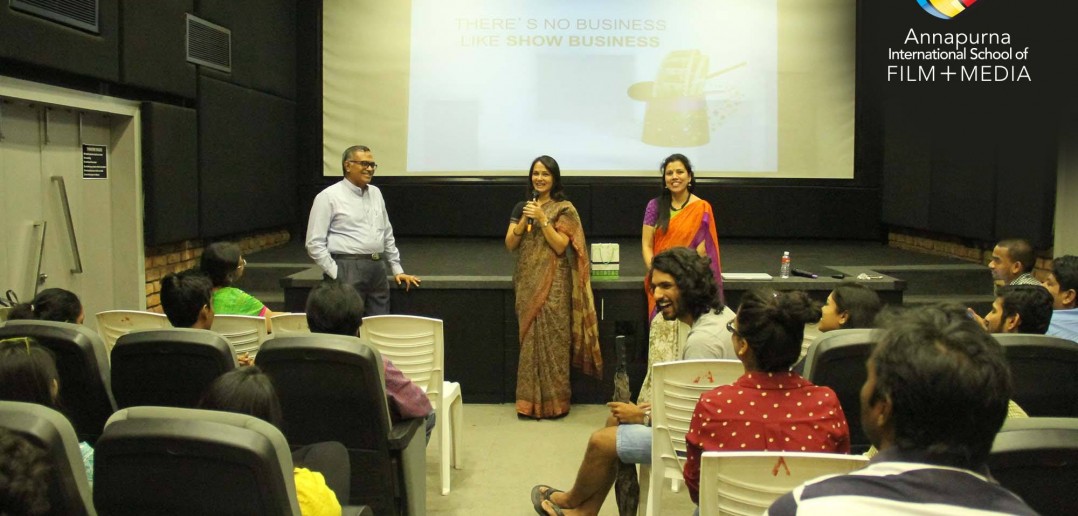 Courses and curriculum in films and media
Courses and curriculum in films and media
AISFM started with a four-year bachelor’s degree, master’s degree and a two-year MBA in Media and film production. We also have a variety of short courses. We also wanted to address the average Indian parent’s obsession with the child getting a degree. This is perfectly understandable, because even in the Akkineni family most of them did their engineering, commerce degrees before going for formal education in films. It was the same mindset.
Our curriculum meets international standards and the courses are designed on par with any foreign university. And of course the added advantage is that AISFM is located on the Annapurna studio premises. Our objective is also to help students explore if this is the career path they want to choose. In the first two years comprises various subjects to understand films and media, and the next two years is a specialization exactly on par with courses in the USA.
Passion, perseverance, placement
Creative skills are different; they can’t guarantee you a job immediately after completing a course. You are eligible for internship only on the basis on your performance. We may give them opportunities at Annapurna Studios. We look for the potential in the students to be able to groom them.
Creativity, efficiency, being proactive and diligent – these are must haves since we have a rigorous selection process. Our students gain skills and hone their talent. Our animation students, when they opt for a four – year course instead of a short course, it shows how passionate they are! They get picked by animation companies immediately and so do our MMBA students. However, many of the Direction alumni prefer to be self employed or become entrepreneurs.
Knowledge and skill gaps
It is difficult to identify the skill gaps because it is not an organized sector. Moreover, creating cinematic experiences is quite a subjective thing. For example, when you ask renowned director like Mr. Mani Ratnam about how he makes movies, he may smile and say he does not follow a book but follows his instinct. So, how do we capture such a highly creative process and convey the tacit knowledge to our students? Luckily, some amount of such knowledge is abstracted in other countries and we make use of it for our courses. We have created our own curriculum and adapt it constantly. You cannot do this in a government set up as adaptation is very slow.
Technology challenges in film making
Films are closely connected with technology and time. Technology used for making films gets obsolete in no time. Only way to face this challenge is to have high level of competency in adapting the medium. This is the key learning we can transfer to our students. And it’s a costly affair in terms of equipment, for example, today, a red camera costs Rs. 25 lakhs and in a year or two it becomes obsolete.
Today, we may make films for big screens, in ten years we may not have big screens anymore! There may be all 100 seater theatres with small screens. And this applies to TV as well. I remember Orson Welles famous quote about how films come in cans. This means when something can be preserved, it gets dated soon. Hence, films evolve and grow socially. The challenge is to extend the shelf life and keep innovating.
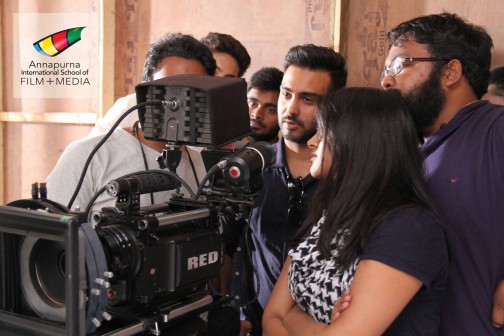
Skill development for 24 crafts
24 crafts refer to all the competencies that come together to make a film – highly competent technicians, hair styling, makeup, costume, set design, sound engineers and so on. Media and Entertainment Sector Skill Council (MESC) is coming up with plans to train thousands of technicians who are unemployed because their skillsets don’t match with the industry requirements and standards. A pilot study is being conducted in Chennai under the leadership of Dr. Kamal Haasan, chairman, MESC. The plan is to approach these existing 24 craft unions, and request them to join the training programs by providing access to latest techniques and trade practices. In the Telugu film industry, the 24 craft unions have 14000 people.
Partnership with the government schemes
We will be able to come up with relevant skill development programs only when we are clear about how the government can support us. We can work together on appropriate models and we are willing to fund the pilot project as well. Annapurna Studios has offered us space to do the training. When we know the results of the pilot project in Chennai, we will be happy to join and bring the experts from the unions into these positions and use their expertise as trainers.
The road ahead
A vast majority of Indian graduates are unemployed because they have a tunnel vision of only one discipline. In the real world you need to learn many other things to remain employable. We are very excited about the upcoming credit system proposed by the government. This will attract more people to take a course in film and media studies, at least at the basic level. Today, with the digital revolution, we have wonderful opportunities to tell stories. It’s not enough to write pages, they want to see it in moving pictures. This opens up new avenues for learning and a huge market to cross-pollinate workspaces with our expertise. We are exploring e-learning modules to offer basic level courses followed by practical sessions. The excitement is building up and we are gearing up to cater to new learning needs.





